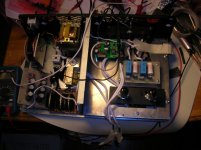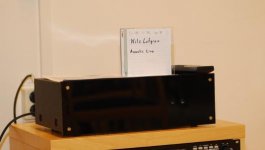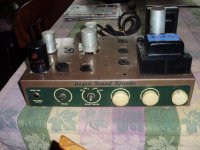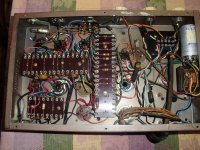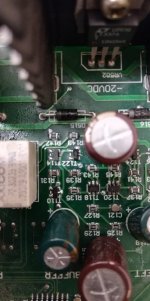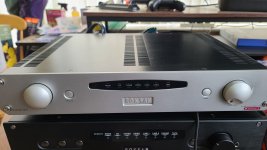Whenever my friend Brandon Boyd comes over, we listen to music and drink bourbon.
He is a vendor who did some excellent work for my company. So I built him a pair of speakers.
In building these, I wanted to “channel” Brandon. He loves bourbon. And since he’s got enough personality for five people....
....the obvious solution was to make him a 10” subwoofer out of a bourbon cask (18 liters volume, purchased on Etsy) with full range satellites using front and back panels made from 4” wide bourbon staves; also purchased from Etsy.
He was absolutely THRILLED - this is a photo of him seeing them for the first time:
Staves from standard bourbon barrels are ~4” wide and 34” long. Perfect for a slim set of satellites built around a 3.5” Tang Band full range driver. Carpenter Seth Cothron fashioned these into a set of full range back-loaded horns. They cross over at 130Hz to the 10” subwoofer using a MiniDSP 2x4HD.
The driver for the satellites is a Tang Band W3-871SC wideband unit. The back of the satellites features a tweeter, a Dayton ND20FA-6 3/4" Soft Dome Neodymium for rear fill. Tweeter crossover a 4 uF capacitor. I added a 100uF capacitor to protect the Tang Band 3.5" full range from mishaps.
The subwoofer is a GRS 10PT-8 10" in a reflex box tuned to 45Hz with a 3” Precision Port flared port tube. Woofer on one end, port on the other. A 4 channel x 35 watt Yamaha amplifier does a splendid job. If you drive the satellites with tubes, they sound even better.
Active crossover frequency is 130Hz. The back loaded horn (designed using the old Transmission Line program by Leonard Audio) has the driver placed at the optimum point to cancel the 3xFb resonance.
This is the drawing carpenter Seth Cothron used to make the satellites:
The front and back panels are made from staves, which are naturally curved. They are also extremely rigid and inert.
The semicircle on each side at the bottom functions as the port for the horn. These horns are deliberately designed to produce a 7-10dB peak at 150Hz, so combined with an active crossover that kicks in at about 200Hz, the 3.5” driver with its very limited displacement gains maximum leverage with little strain. It can produce significant output with little power and very little excursion.
I love using back loaded horns with small full range drivers. These speakers have a huge sound and soundstage that belies their tiny size. They simply sound far bigger than they are. I have built many larger and more sophisticated systems, like the award winning
Live Edge Dipoles. But I took these to the Dayton 2023 Speaker Design Competition and got very positive comments from the judges.
This is a frequency response of both near field output of the horn and near field output of the Tang Band 3.5: driver, overlaid on top of each other:
I am extremely happy with this. What these curves say is: below 1500Hz the horn exit produces most of the output and above 1500, the driver takes over. It's not possible to exactly match the levels of these curves. The system sounds fantastic with almost no EQ beyond the basic crossover and 45Hz bass boost for the small reflex sub.
The rear firing 3/4” tweeter compensates for the narrowing dispersion of the full range driver and adds a LOT more space and air to the soundstage.
They sound fantastic about 3 feet out from the front wall.
In theory, a bourbon barrel is a fantastic speaker cabinet because the barrels are made of white oak, they are extremely rigid and again in theory they are sealed.
In real life, bourbon barrels are charred. (This impacts the flavor, color, and overall character of the bourbon, as it interacts with the wood during the aging process.) It also makes speaker building a little messy, and I found out a “retired” bourbon barrel has lots of leaks which need to be sealed before it properly functions as a speaker.
I mounted speaker terminals in the bung hole, and purchased 1.5” feet to suspend the cabinet above the floor. I also installed a handle on the top so it could be carried.
The MiniDSP EQ is pretty simple: The satellites sound great with nothing but a 24dB/octave filter at 200Hz... which, because of the rising response of the port around 150Hz, makes for an effective acoustic crossover at 130Hz. The subwoofer has a 12dB/octave slope at 120Hz and a +7dB peak at 45Hz (the port tuning frequency) with steep rolloff below. I have attached the family of DSP EQ XML files for this system in a ZIP file.
These can play plenty loud and have superb stereo imaging, huge soundstage, a full body and depth that you simply do not expect from a 3.5" driver.
Above: My demo at Parts Express 2023 Speaker Design Competition. They judges and audience had many positive comments. Someone even asked me, "Are you an artist?".
Happy Wife
The wife of another friend came over to my place while I was building these. She walked in the room and FLIPPED OUT. (How often do women FLIP OUT over speakers???) She said "You HAVE to build me a pair for John for Christmas" so I obliged.
Two of these Bourbon Barrel Speakers now exist in the world. I encourage you to mint your own version of these. Very fun, great sound with a huge Wife Appreciation Factor.
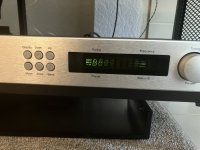
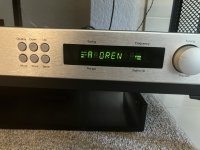

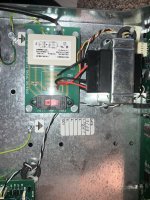
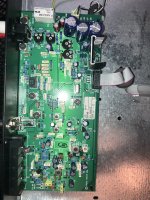
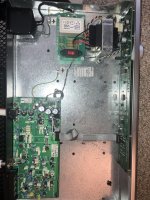
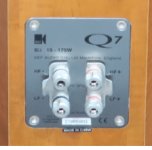
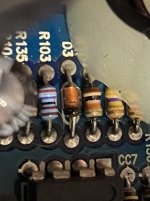

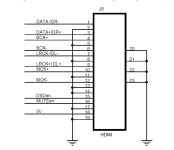

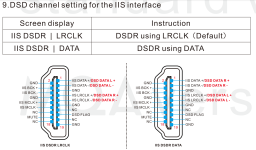
 It just had a steep learning curve for me. It's playing now, and it hasn't glitched, so... I'm leaving it alone... until I may need to change it for the AES board...
It just had a steep learning curve for me. It's playing now, and it hasn't glitched, so... I'm leaving it alone... until I may need to change it for the AES board...
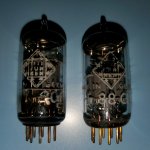
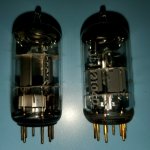
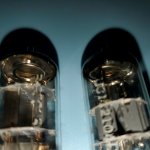
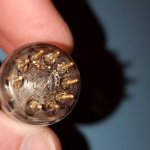
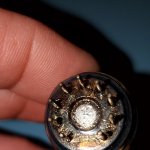
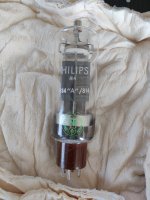
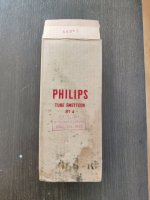

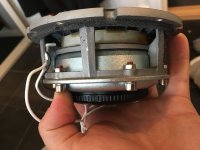

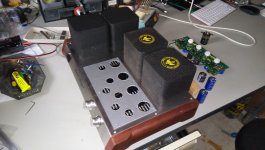
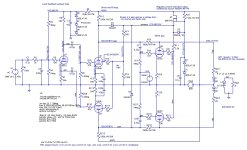
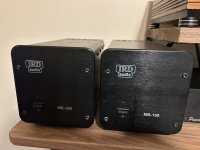
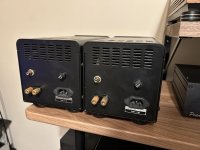
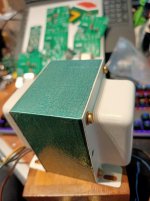
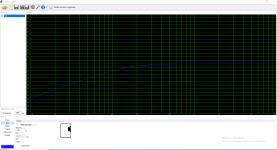

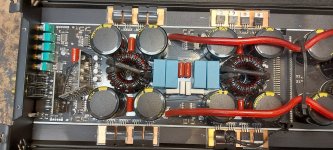
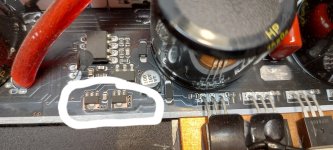
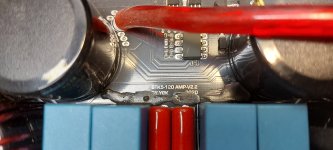
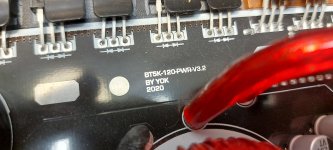
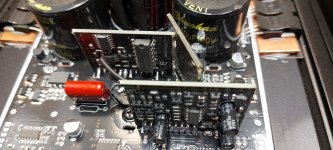
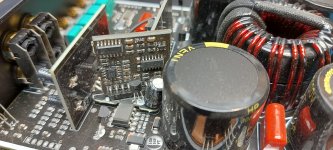
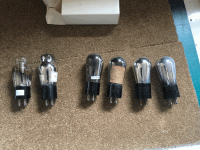
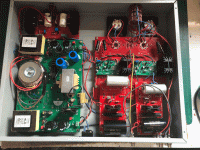

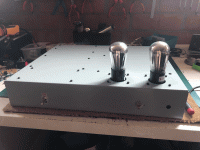
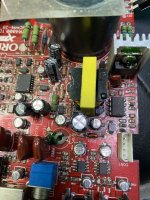
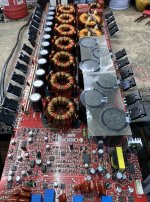
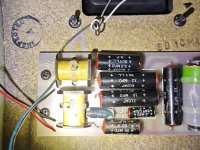
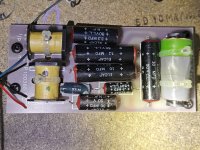
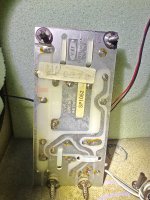
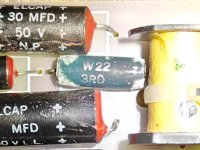
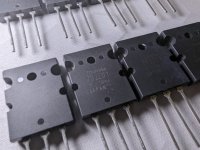
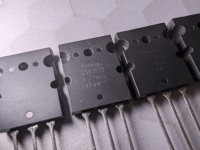

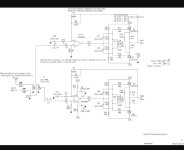
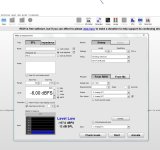
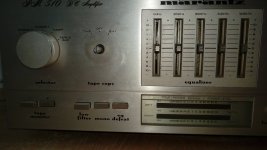
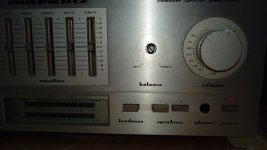

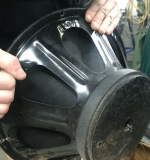
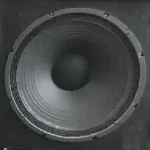
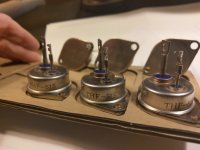
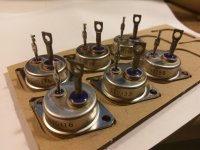
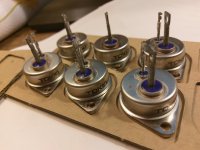
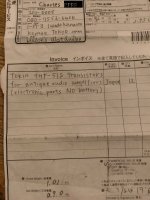
![BARDIS3A52[1].png](/community/data/attachments/152/152612-30bd11b8c7fc1f33c7837b56c269d1c7.jpg?hash=ML0RuMf8Hz)
